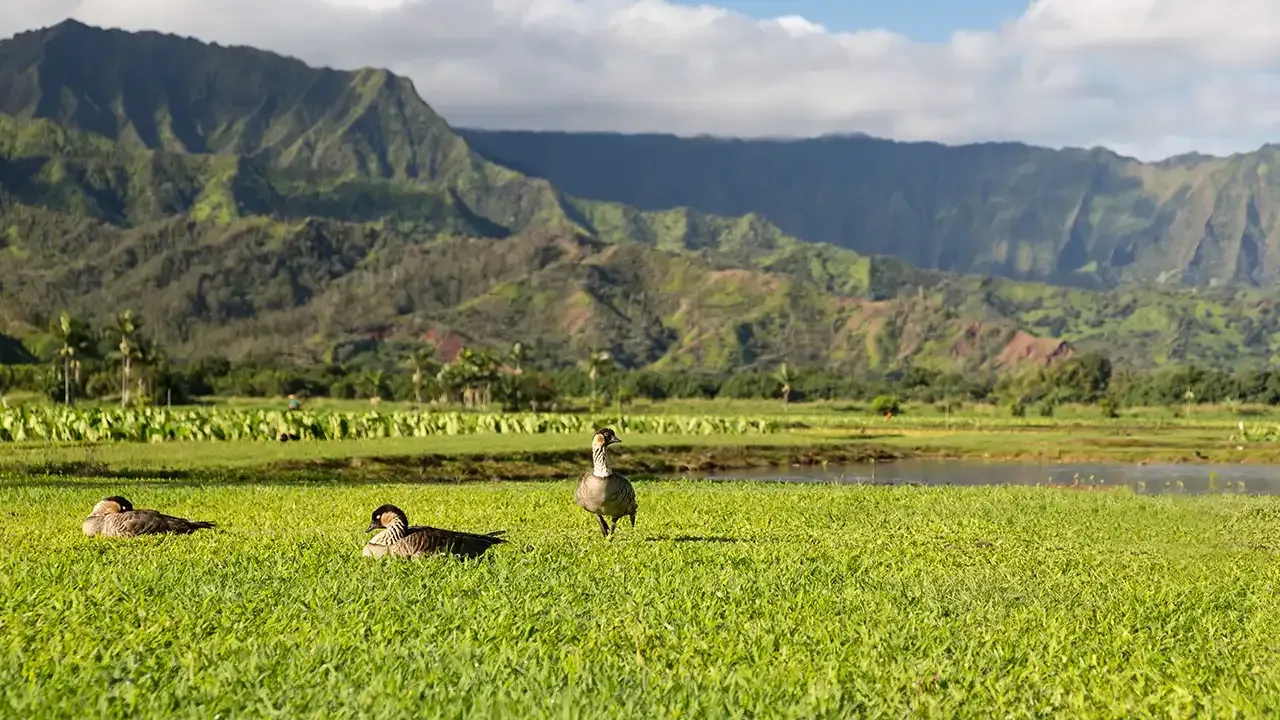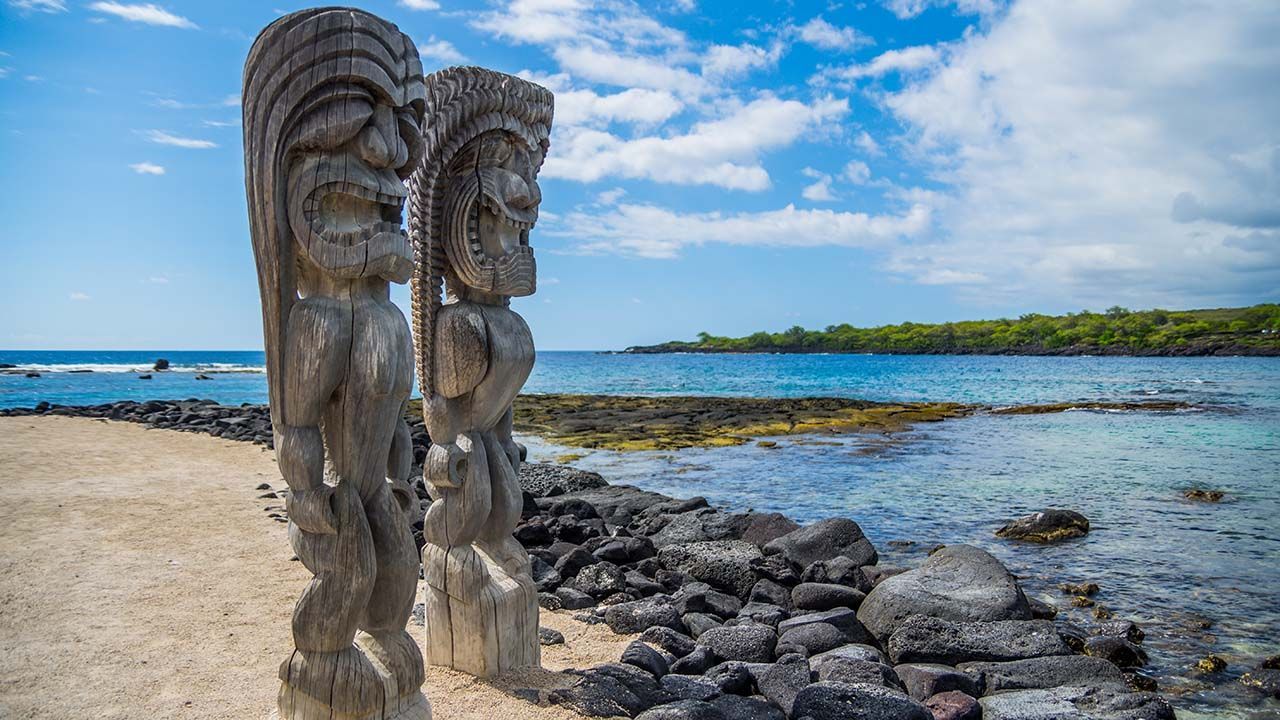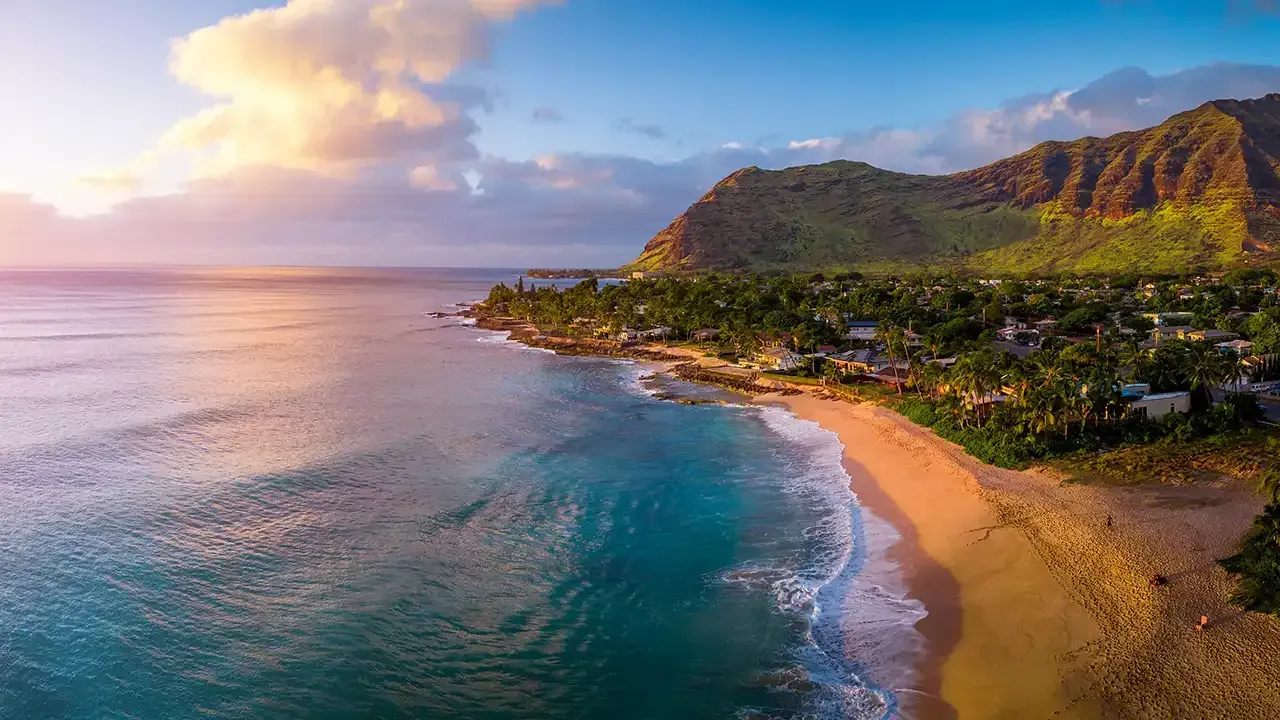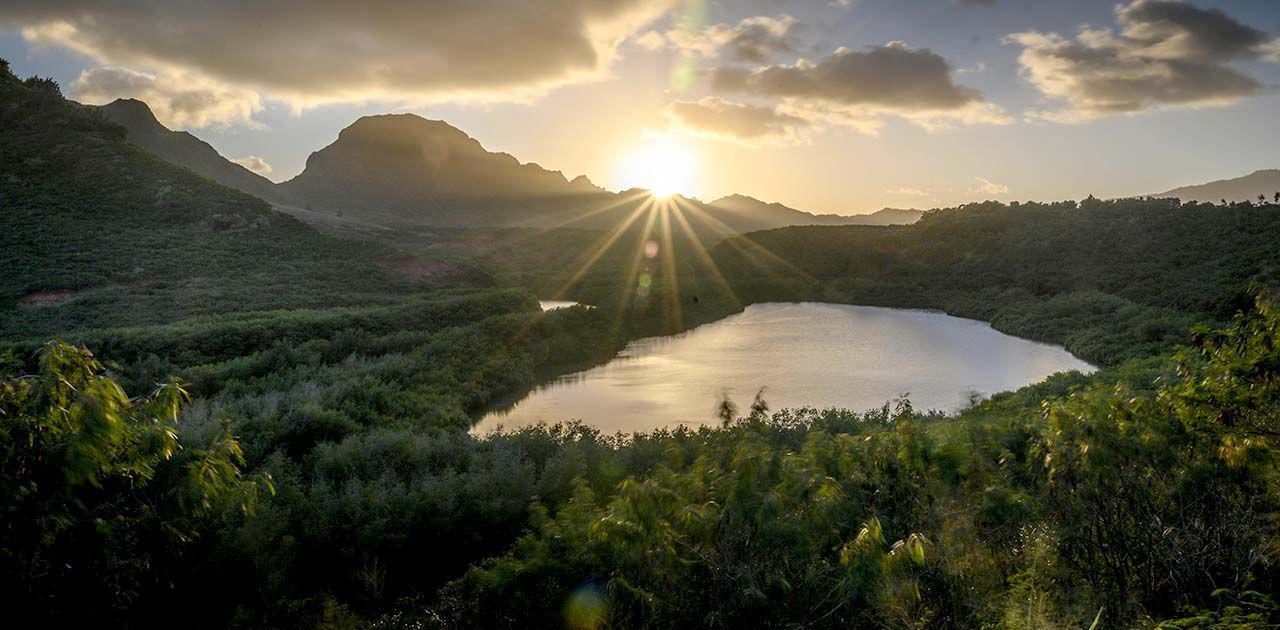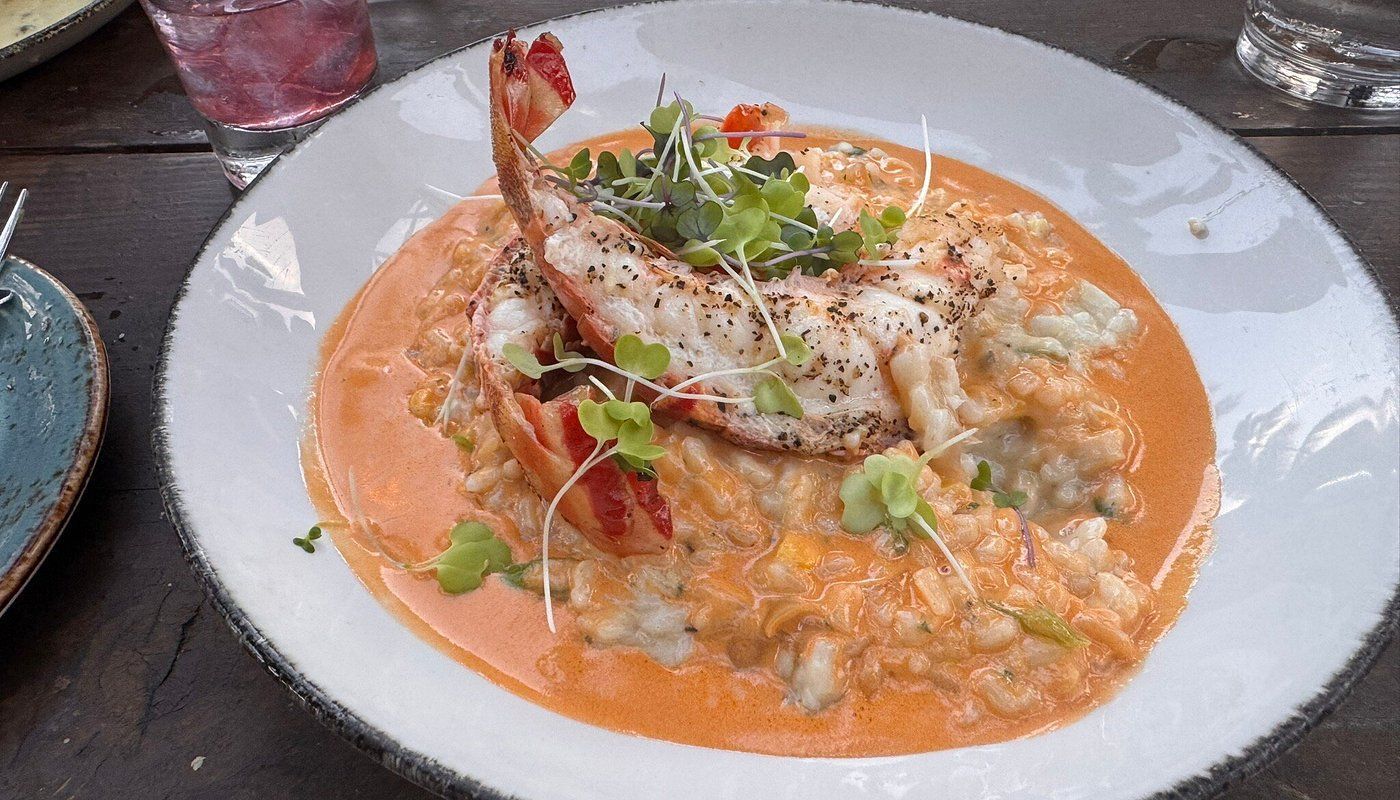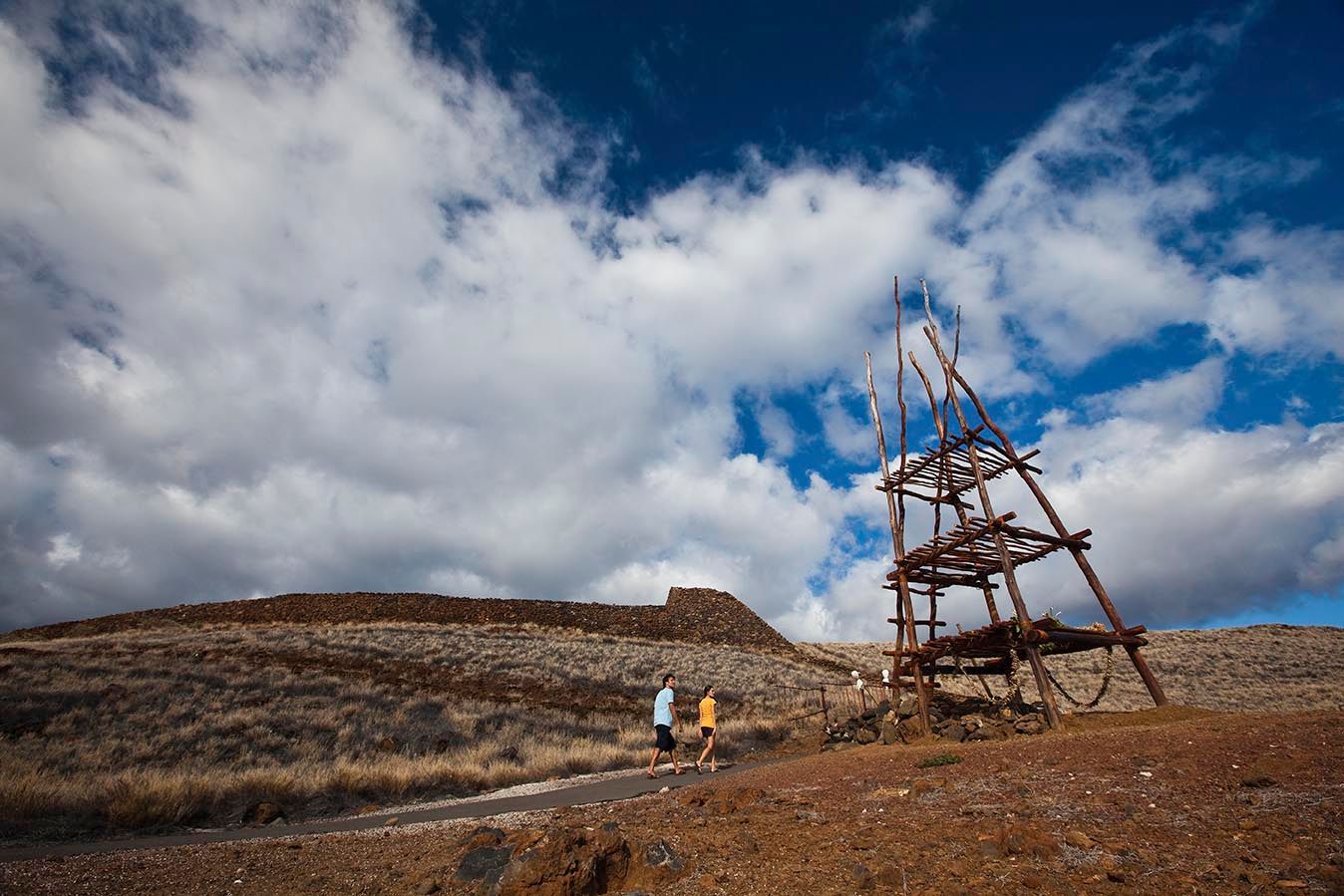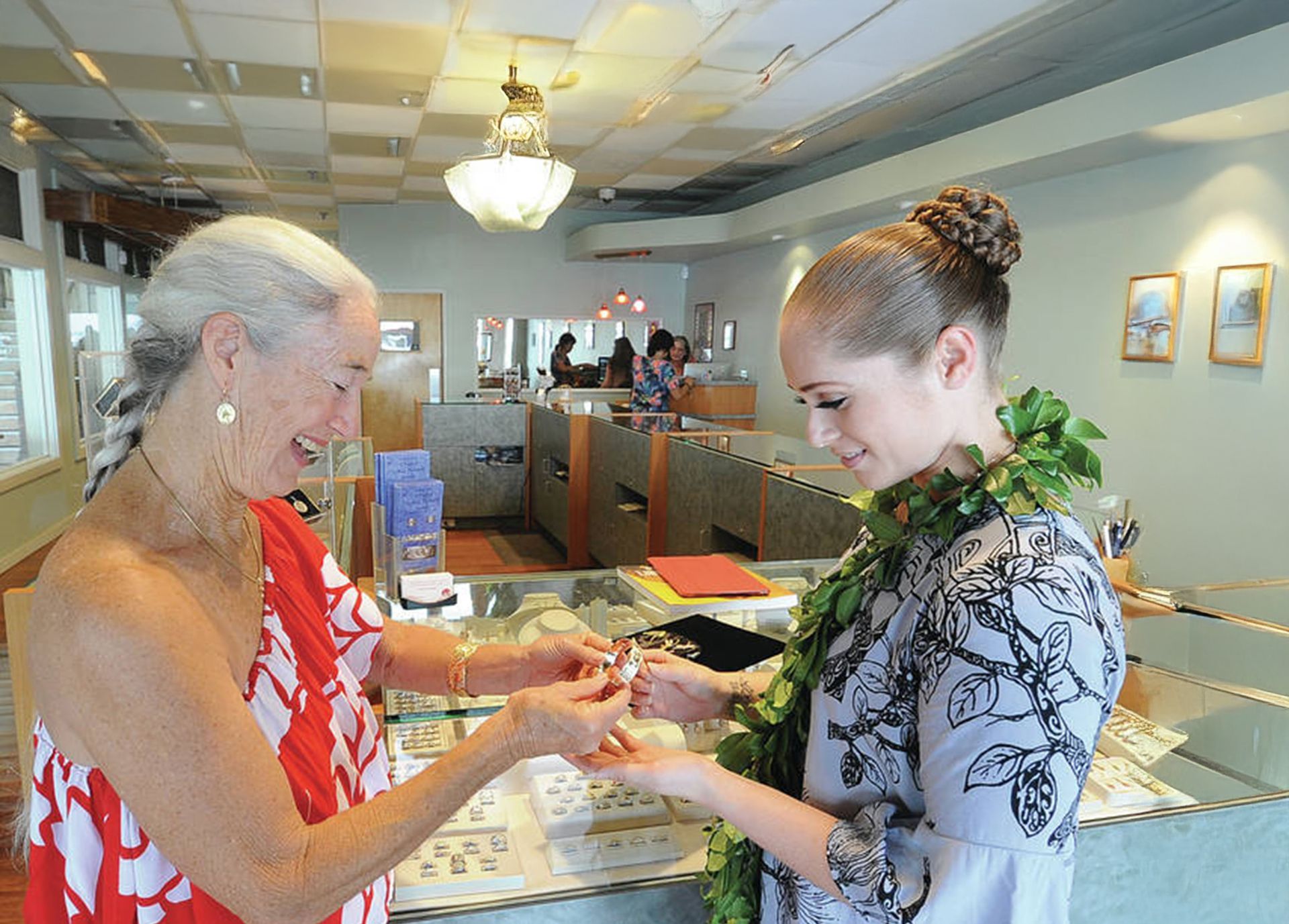Hawaii Agriculture & Its Impact on the State’s History
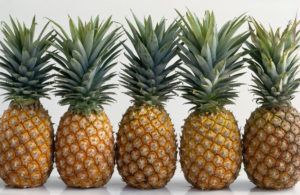
by Fern Gavelek
While tourism has replaced Hawaii agriculture as the state’s main economic engine, coffee, pineapple and macadamia nuts are still being cultivated in the Aloha State, plus a wide range of diversified crops such as cattle, aquaculture, floral/foliage products, veggies, fruits, honey, chocolate and vanilla. Mainland-based companies are also propagating year-round seed crops— primarily corn—to supply the nation with seeds. Seed crops, valued at $106 million for the 2018-19 season, is the state’s top commodity.
During its 20th century heyday, Hawai‘i’s agricultural scene was dominated by largescale sugar and pineapple plantations. Workers, who hailed from a rich mix of countries, spent long days toiling in the field. And while the bulk of plantation companies are gone due to foreign competition and labor costs, momentum continues to produce more of Hawai‘i’s food at home.
SUGAR Production – How Sweet It Is!
Industrial production of sugar cane began in Hawai‘i in 1840. Producing sugar cane, a perennial grass, is labor intensive and contract workers were brought in from China, Japan, the Philippines and elsewhere. Sugar requires a lot of water and its delivery and the construction of large irrigation strategies was crucial. At its peak a century later, sugar employed more than 50,000 workers statewide, who primarily lived in plantation camp housing. Hawai‘i’s last sugar plantation closed in 2016 on Maui. Today, native Hawaiian varieties of sugar cane are grown for distilling made-in-Hawai‘i agricole rum.
Pineapple – The King of Fruits
Any way you slice it, the crown-topped pineapple is known as the King of Fruits and is an iconic symbol of the 50th State. The pineapple grown from Hawaii agriculture began in the 1880s in central O‘ahu. Industry pioneer James Dole built a pineapple packing plant in Honolulu to launch widespread production and purchased the island of Lāna‘i in 1922 to amass 40,000 arable acres.
Hawaii’s pineapple production peaked in the 1960s when the state supplied over 80 percent of the world’s canned pineapple. Foreign competition, the exodus of large companies to Third World countries, and tariffs on steel cans contributed to the demise of the industry. While shuttered canneries were reconfigured to shopping centers statewide, the industry changed its focus to fresh fruit sales. And while the large pineapple plantations are gone today, smaller farms endure on fresh fruit sales for consumption, the production of spirits and ag-tourism.
Coffee – An Important Hawaii Agriculture Product
It takes 500 pounds of coffee “cherry” to make 100 pounds of processed coffee. Grown today throughout the state, coffee was initially produced on a large scale mostly in Kona on Hawai‘i Island by former sugar plantation workers. A labor-intensive crop, coffee required Kona schools to schedule their vacation calendars to accommodate harvest time. Everyone was enlisted—young and old—to prepare the fields, plant and prune the trees, pick the red-ripe coffee cherries, process the fruit, dry the coffee parchment, pack and deliver.
Through the years, the price of coffee has declined or jumped due to fluctuations in the nation’s economy—war brought soaring prices. Hawaiian coffee today focuses on the desires of the gourmet coffee market. Different varietals are being cultivated offering unique flavor profiles while being processed using cutting-edge techniques and equipment. Coffee is the state’s fourth largest commodity valued in 2017 at $43.8 million.
MACADAMIA NUTS are Good for You!
Enjoyed in orbit by NASA astronauts, macadamia nuts boast a high ratio of unsaturated fat, fiber and antioxidants. Because of their 80% content of “good” fats that lower cholesterol, mac nuts are considered “heart healthy.”
Mac nuts were brought to Hawai‘i in the late 19th century from Australia. Commercial cultivation got into full swing during the 1950s when methods for cracking the nuts and removing their shell were developed. The bulk of the industry is on the Hawaii Island where nuts are grown, processed and packaged. Hawaii agriculture of macadamia nuts is the state’s second largest commodity valued in 2017 at $53.9 million.

